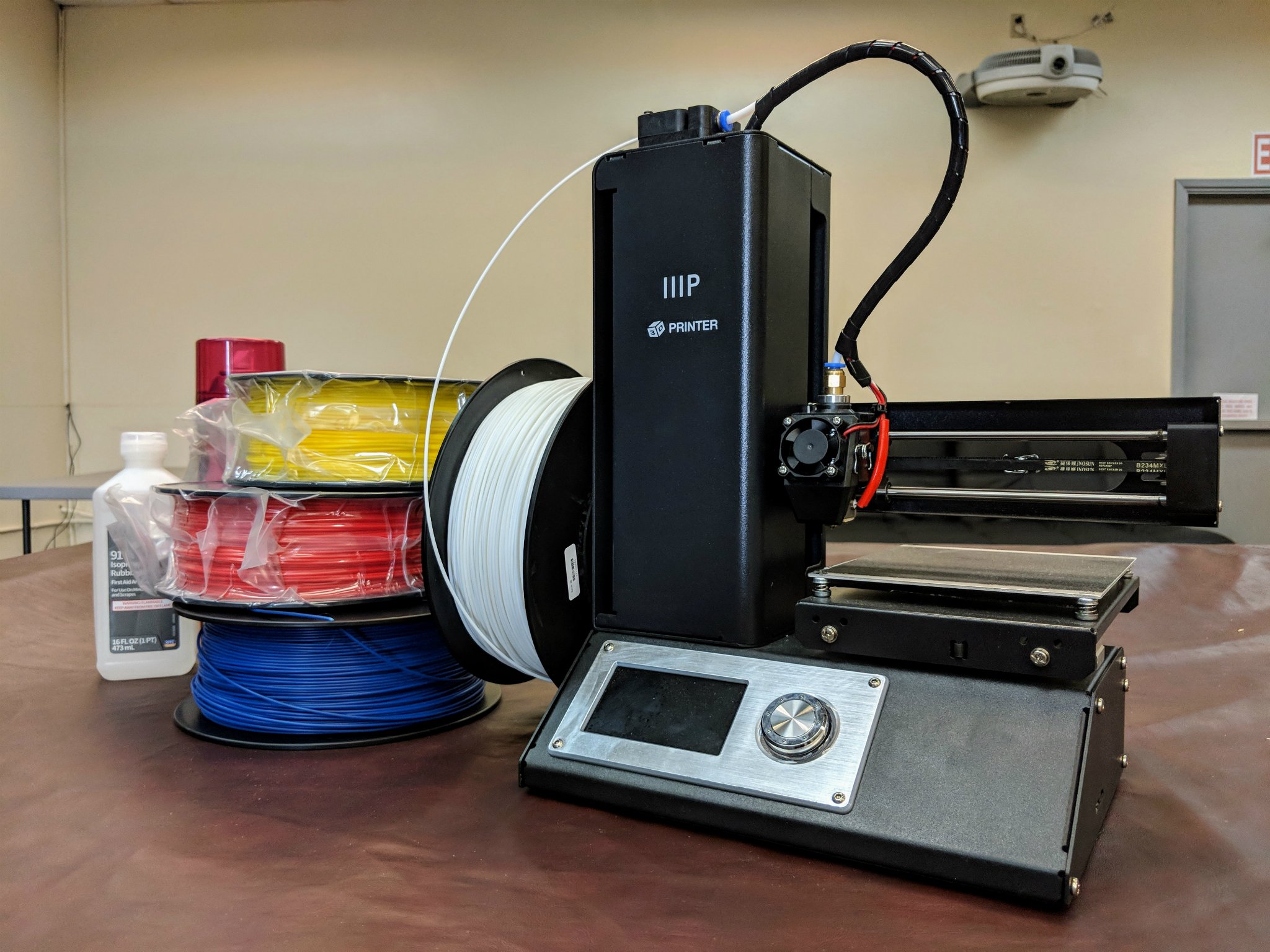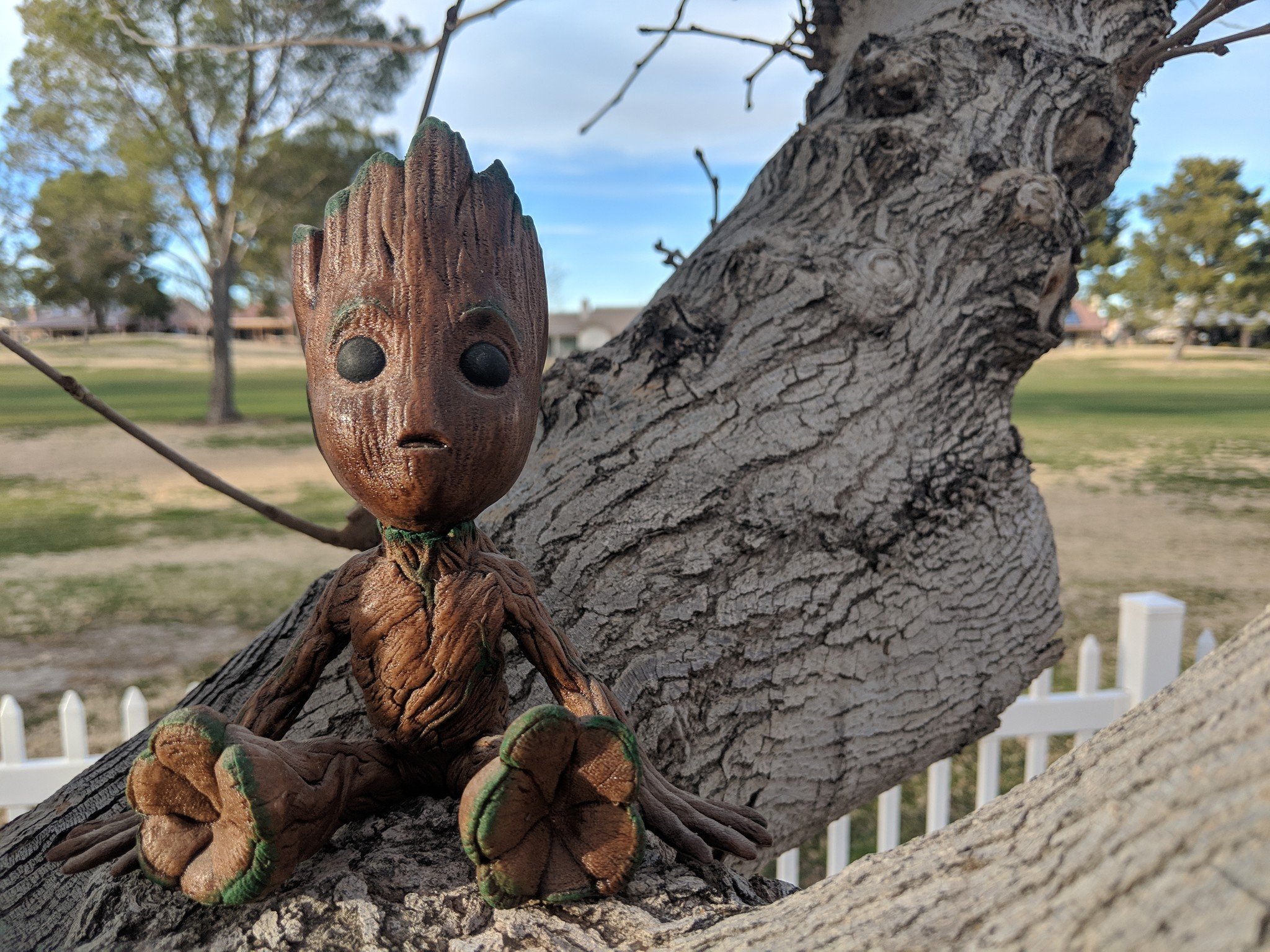What type of 3D printing filament should you buy?

What type of 3D printing filament should you buy?
It's the easiest of the filaments to use
Polylactic Acid (PLA) is probably the most famous of the 3D Printing filaments, and for good reason. The composition of the plastic means it can be printed at relatively low temperatures, 190-215 Celsius (or 374-419 Fahrenheit), and it doesn't require a heated build plate. Thanks to these low temperatures, almost all 3D printers are capable of printing PLA. It's also very forgiving when it comes to making mistakes.
The low temperatures also ensure that it's possible to manipulate PLA after you have printed it. This allows you to print objects flat then twist them into my interesting shapes. I used this property when I made Wonder Woman gauntlets for a friend; I printed them flat then warmed them up with a hairdryer and molded them to fit her forearms.
There are other materials out there that are stronger like PETG, or more flexible like Ninjaflex, but both of those are extremely picky and it can take a long time to get right. PLA, on the other hand, is much easier to use and it takes little time to get it up and running to make excellent prints.
It's easy to paint or finish
PLA is used the world over for prototyping, cosplay, and making fun little prints you don't really care about. It can be sanded very easily — start with a low grit, around 120, and work up to 4,000 wet sand to get the best finish — and once primed, it can be painted with just about any paint you can think of. I use spray paint for most of my models but the Groot pictured above was painted with acrylics and varnish.
Because PLA is sensitive to UV light and heat, it's important to paint it or add some type of protection if you're going to leave it outside in the elements. Some people say it won't last outside at all but I've seen 5-year-old PLA printed models that still look great because they were painted first. You can even anneal a model in the oven if you're careful to further strengthen its structure and make it last longer.
It's recyclable and biodegradable
A little-known fact about PLA is that it's biodegradable. Since it's made from biological proteins — it's pretty much just corn — it will rot under the right circumstances. If you chop it up nice and small and put it in a mature compost heap it can take as little as six months to biodegrade fully. This means when people complain at you for all your failed prints you can tell them you're actually very environmentally friendly!
While PLA is technically recyclable, you can't actually put in your curbside recycle bin. You can contact your local trash company, however, and ask them where you can take it to be recycled. If you have the money and time, you can buy a piece of equipment that will melt down your old PLA and then extrude it out to be used again in your 3D printer.
All the latest news, reviews, and guides for Windows and Xbox diehards.
I love the Build Series PLA from MatterHackers. It sands just a little better than normal PLA and has an almost matte finish that really helps the sanding and finishing of a print. It always makes some excellent finished models.

James is a Former Contributor who built his first PC when he was 13 and has never looked back. He can be found on Windows Central, usually in the corner where all the 3D printers are, or huddled around the Xbox playing the latest games.



